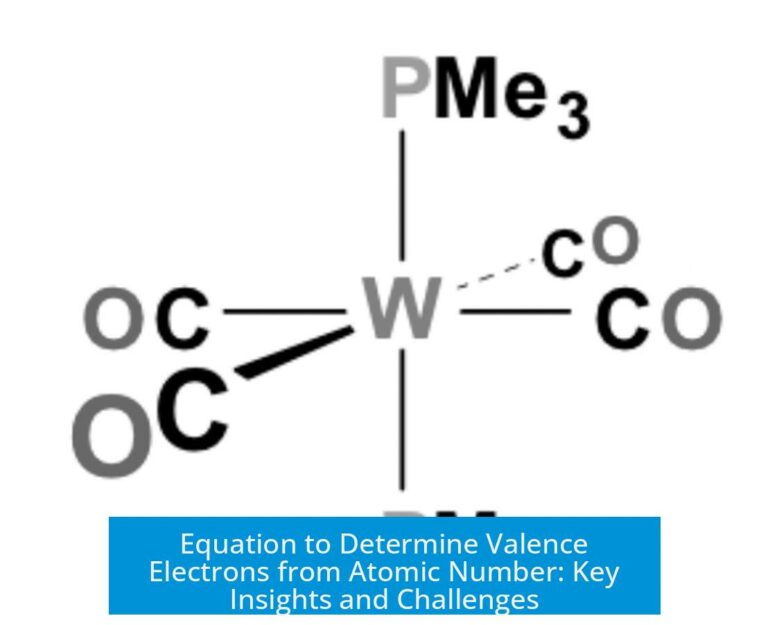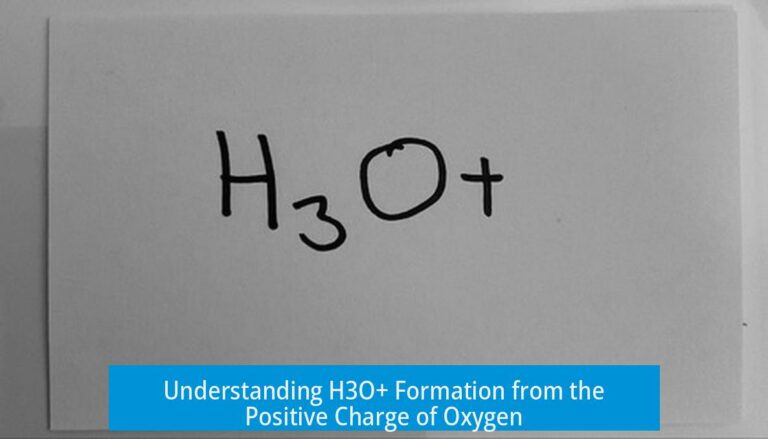Effective Methods to Remove Tea Stains from Stainless Steel
Tea stains on stainless steel can be effectively cleaned using several reliable methods involving common household chemicals and tools. These methods focus on breaking down the stain molecules without damaging the steel surface.
1. Oxiclean and Hot Water
Oxiclean, a readily available cleaning agent, works well on tea stains when combined with hot water. Simply dissolve Oxiclean powder in hot water and soak or scrub the stained stainless steel. This process leverages the cleaning power of oxygen-based bleach to lift stains.
2. Sodium Borohydride Reduction
Sodium borohydride, a strong reducing agent, can chemically reduce tea stains. This method might be more technical and is suited for those with access to chemical reagents. Sodium borohydride breaks down the stain molecules by transferring electrons, fading discolorations effectively.
3. Baking Soda and Vinegar Reaction
- Apply a generous amount of baking soda to the stained area.
- Scrub gently with a brush to distribute the powder.
- Add vinegar gradually to create a fizzing reaction that helps break up stains.
- Wait until the bubbling stops, signaling the reaction completion.
- Pour out the mixture and rinse the surface with hot water.
- Use physical scrubbing (elbow grease) to enhance stain removal.
This method uses gentle abrasives and mild acids to remove stains without harsh chemicals.
4. Scouring Pad, Dishwashing Liquid, and Hot Water
A practical, straightforward approach uses a rough scouring pad, dishwashing liquid, and hot water. Scrubbing the stain with this combination helps mechanically remove residues. The dishwashing liquid dissolves oils and residues, while the scouring pad provides needed abrasion.
Summary of Key Techniques
- Oxiclean: Effective with hot water for oxygen-based cleaning.
- Sodium Borohydride: Chemical reduction method for stubborn stains.
- Baking Soda and Vinegar: Eco-friendly, reactive cleaning with scrub action.
- Scouring Pad and Dish Soap: Physical abrasion combined with detergent cleaning.
Each method varies in complexity and materials but offers reliable results for removing tea stains from stainless steel surfaces.
How effective is Oxiclean for removing tea stains on stainless steel?
Oxiclean mixed with hot water can lift tea stains well. It works by breaking down the stain compounds. Soaking or scrubbing briefly helps speed up the process.
Can baking soda and vinegar really clean tea stains?
Yes. Sprinkling baking soda and scrubbing it, then adding vinegar to react works well. The fizzing reaction helps break stains apart. Rinse with hot water after the reaction stops.
What is the best way to apply baking soda and vinegar for tea stains?
- Apply heaps of baking soda to the stain.
- Scrub gently with a brush.
- Add vinegar to start reaction.
- Wait until fizzing stops.
- Pour out solution and rinse with hot water.
Is using a scouring pad with dishwashing liquid effective?
Yes, a rough scouring pad with dishwashing liquid and hot water can remove stains from stainless steel. It may require some scrubbing effort for stubborn spots.
What role does Sodium Borohydride play in stain removal?
Sodium Borohydride chemically reduces tea stains, making them easier to clean. It is a strong cleaner but may need careful handling.





Leave a Comment